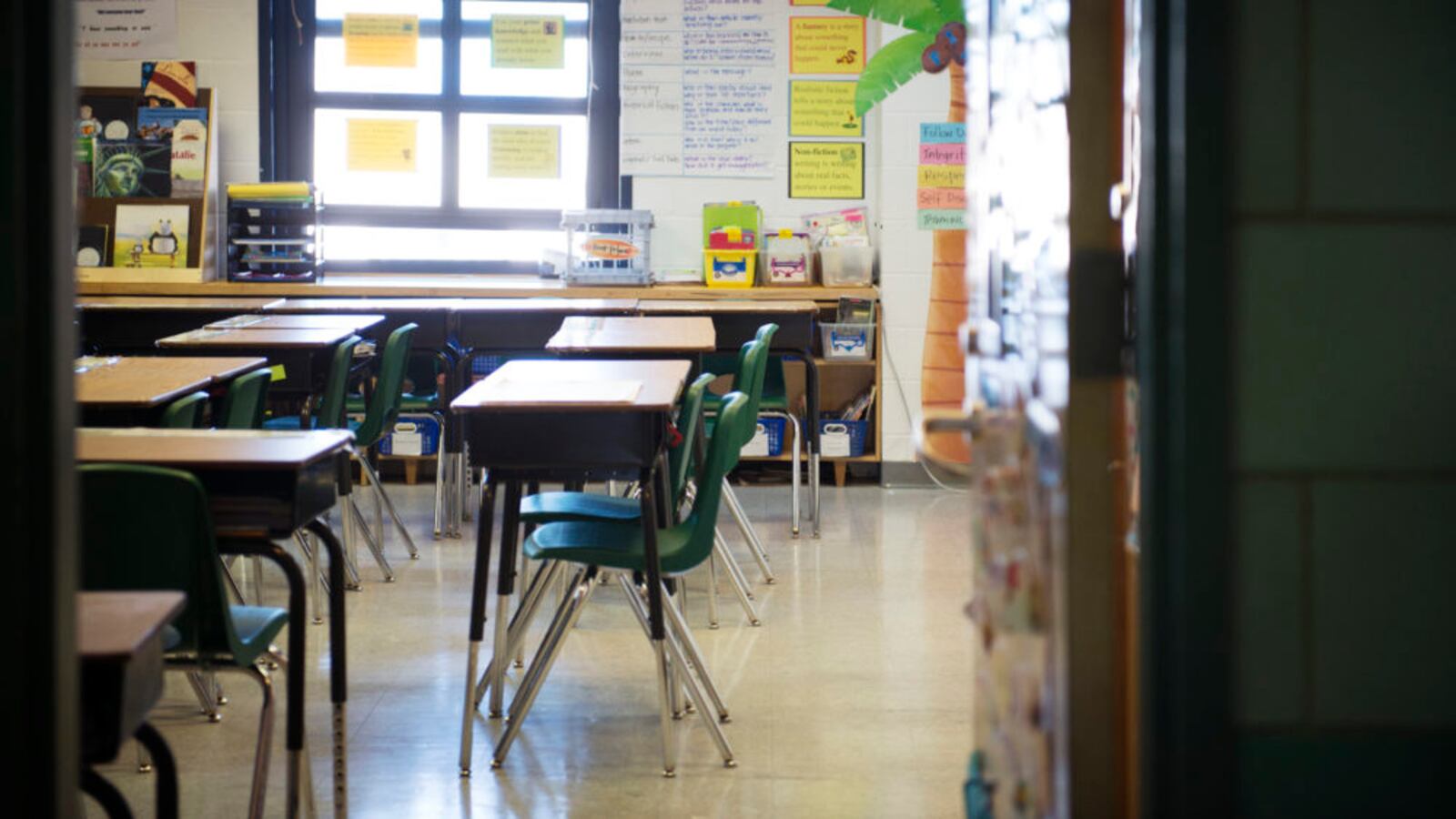As New York expects a massive hit to revenue in the face of the coronavirus pandemic, the city could be facing big cuts to education funding in the state budget, which is supposed to be completed Tuesday.
As non-essential businesses remain on lockdown, and New Yorkers are spending less time outside, state officials are expecting $10-15 billion less than expected in taxes and other revenue. That potential budget hole could mean significant cuts to education funding across the state — given that education makes up the largest portion of the state budget.
“We have no state revenues to speak of,” Cuomo said during a press conference last week. “We’re going to have to dramatically cut our state expenses. You can’t spend that which you don’t have.”
Cuomo gave no indication on Tuesday whether the budget for the fiscal year 2020-2021 would be passed by midnight, as required by state law, but he has suggested the state could increase spending if New York receives more federal money.
“We do a budget on the projections we now have,” Cuomo said. “If we get more funding, we increase the allocations.”
New York is expected to receive about $5 billion from a federal stimulus bill meant to relieve states as they respond to the coronavirus. That includes money that school districts can spend on a range of items, such as supplies for sanitizing schools and summer remote learning programs. But that money can’t be used to help the state fill revenue holes, which it must do in order to balance the budget, according to Freeman Klopott, a spokesperson for the state Division of the Budget.
Months before the coronavirus outbreak, education advocates and local legislators were clamoring for the governor to funnel more funding to schools. Cuomo had proposed increasing the school budget next fiscal year by $826 million. He had also pitched changing the formula for Foundation Aid, which sends extra dollars to high-needs districts. That increase was less than half of what the state Board of Regents and advocates have called for.
Some elected officials and unions at the time had called for the state to tax the ultra-wealthy in order to raise more money for education spending. Although the pandemic has since dramatically transformed the global economic picture, advocates are still calling for tax increases on the richest New Yorkers to buffer education funding.
“Just a slight income tax increase can yield approximately $4 billion, funding that is crucial for our schools to deal with the trauma that our communities and children are facing currently and upon their return to school,” said a statement from the Alliance for Quality Education, a group that has long pushed the state to boost dollars for Foundation Aid.
As the city and state have increased spending on schools over the past three decades, New York City has increasingly shouldered more of the cost.
But cities, too, will face a financial hit to their own local revenues, which will affect how they can fill potential gaps for education spending. Cities could decide to shift money from other agencies over to schools, said Dave Friedfel, director for state studies at Citizens Budget Commission.
“If the city as a whole is short X amount, how does that translate down to the school district?” Friedfel said.
The city’s school funding formula “takes into account changes in State and City budget, and we’ll do the same this year,” said Miranda Barbot, spokesperson for the city’s education department. “Our number one priority right now is the health and safety of New Yorkers.”
Christina Veiga contributed to this report.

